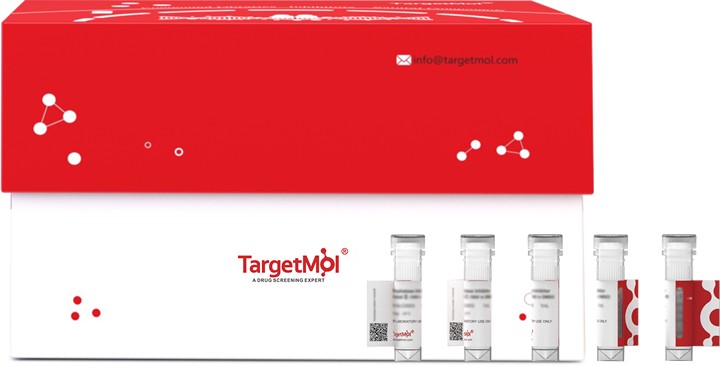Shopping Cart
- Remove All
 Your shopping cart is currently empty
Your shopping cart is currently empty

14-3-3 beta/alpha Protein, Mouse, Recombinant (His) is expressed in yeast with N-6xHis tag. The predicted molecular weight is 30.1 kDa and the accession number is Q9CQV8.

| Pack Size | Price | Availability | Quantity |
|---|---|---|---|
| 20 μg | $341 | 20 days | |
| 100 μg | $696 | 20 days | |
| 500 μg | $1,950 | 20 days |
| Biological Activity | Activity has not been tested. It is theoretically active, but we cannot guarantee it. If you require protein activity, we recommend choosing the eukaryotic expression version first. |
| Description | 14-3-3 beta/alpha Protein, Mouse, Recombinant (His) is expressed in yeast with N-6xHis tag. The predicted molecular weight is 30.1 kDa and the accession number is Q9CQV8. |
| Species | Mouse |
| Expression System | P. pastoris (Yeast) |
| Tag | N-6xHis |
| Accession Number | Q9CQV8 |
| Amino Acid | MTMDKSELVQKAKLAEQAERYDDMAAAMKAVTEQGHELSNEERNLLSVAYKNVVGARRSSWRVISSIEQKTERNEKKQQMGKEYREKIEAELQDICNDVLELLDKYLILNATQAESKVFYLKMKGDYFRYLSEVASGENKQTTVSNSQQAYQEAFEISKKEMQPTHPIRLGLALNFSVFYYEILNSPEKACSLAKTAFDEAIAELDTLNEESYKDSTLIMQLLRDNLTLWTSENQGDEGDAGEGEN |
| Construction | 1-246 aa |
| Protein Purity | > 90% as determined by SDS-PAGE. |
| Molecular Weight | 30.1 kDa (predicted) |
| Endotoxin | < 1.0 EU/μg of the protein as determined by the LAL method. |
| Formulation | Tris-based buffer, 50% glycerol |
| Reconstitution | A Certificate of Analysis (CoA) containing reconstitution instructions is included with the products. Please refer to the CoA for detailed information. |
| Stability & Storage | Lyophilized powders can be stably stored for over 12 months, while liquid products can be stored for 6-12 months at -80°C. For reconstituted protein solutions, the solution can be stored at -20°C to -80°C for at least 3 months. Please avoid multiple freeze-thaw cycles and store products in aliquots. |
| Shipping | In general, Lyophilized powders are shipping with blue ice. Solutions are shipping with dry ice. |
| Research Background | Adapter protein implicated in the regulation of a large spectrum of both general and specialized signaling pathways. Binds to a large number of partners, usually by recognition of a phosphoserine or phosphothreonine motif. Binding generally results in the modulation of the activity of the binding partner. Negative regulator of osteogenesis. Blocks the nuclear translocation of the phosphorylated form (by AKT1) of SRPK2 and antagonizes its stimulatory effect on cyclin D1 expression resulting in blockage of neuronal apoptosis elicited by SRPK2. Negative regulator of signaling cascades that mediate activation of MAP kinases via AKAP13. |

Copyright © 2015-2025 TargetMol Chemicals Inc. All Rights Reserved.